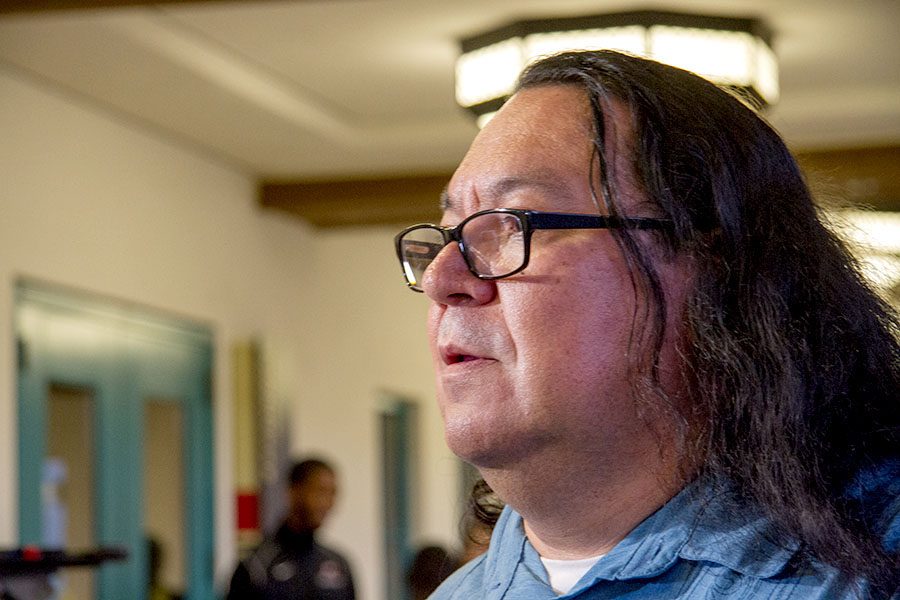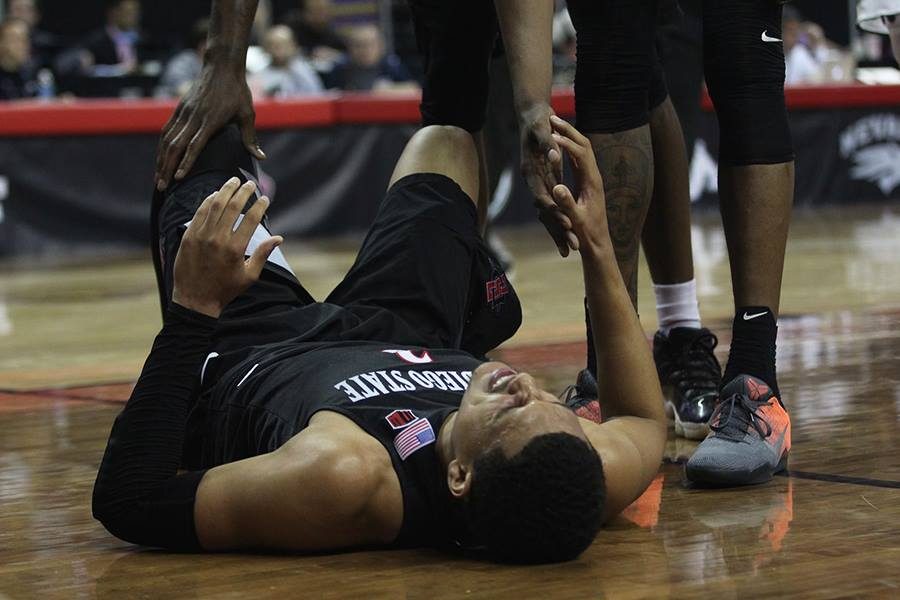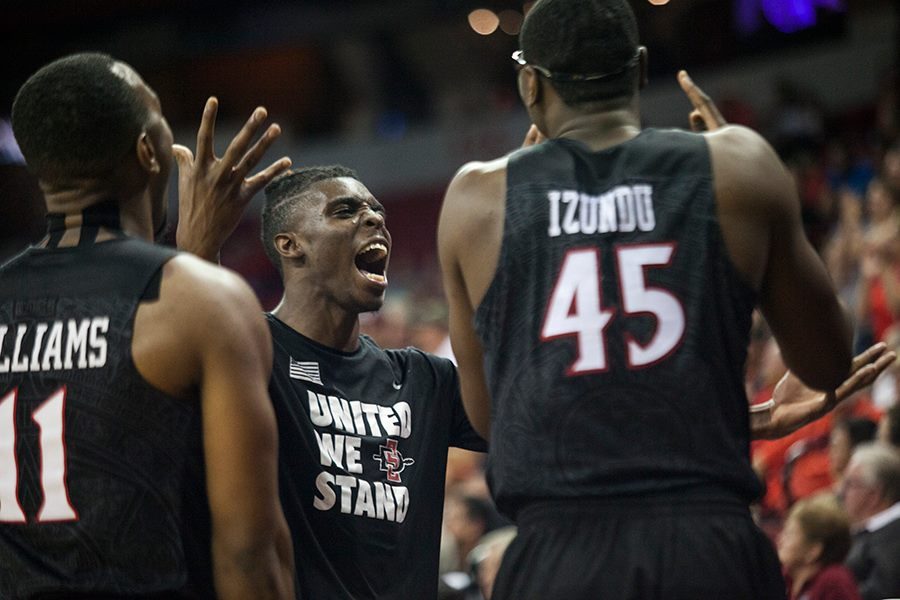Rate My Professors is an über-popular professor-rating site on which students write reviews based on class quality, easiness and perceived sexiness. Each professor receives an average score that students use when deciding which classes to take. Around 4 million college students visit Rate My Professors monthly, according to the website.
The site isn’t affiliated with any institute of higher education, and rightfully so. Students don’t give a comprehensive overview of the classes and professors they review. Rate My Professors should not be used to assess a professor’s teaching ability, and it’s better suited as an evaluation of how easy it is to get an A in the class. That being said, it does come in handy when choosing classes.
“I do use it a lot when I have a choice between teachers and my experience has been pretty good. The reviews are accurate,” nursing junior Brooklynn Aiello said.
For each San Diego State professor there can be hundreds of reviews. If the majority of students say their grades in a class are low or the professor isn’t helpful or interesting, it’s a good idea to choose a different teacher.
“Most teachers have mixed reviews so it can be hard to tell, but every time I’ve ignored the reviews (the class) has been crazy hard,” marketing junior Elsie Weisskoff said.
For the most part, Rate My Professors is a tool for individual students deciding which class to take according to their preferred teaching styles. Rate My Professors should be used to get a general consensus about a class. But take the reviews with a grain of salt, like you should on Yelp. Just because one person had a bad experience doesn’t mean everyone did.
Critics may write negative reviews about a movie you like. Similarly, one student may dislike a teaching style that works for many other students. And, like the top 10 movies on Rotten Tomatoes don’t match IMDb’s, the nation’s best teachers do not have the highest ratings on Rate My Professors. Attractive, easy graders have high scores and challenging professors have lower scores.
Of course, students learn and grow more from classes that require more work and thought. Rate My Professors doesn’t accurately portray the cost of having an easy class versus a harder one. When a class is challenging but taught by an interesting and invested teacher, it’s worth taking. It isn’t right that good professors might have lower enrollment because their class is challenging and their score on Rate My Professors suffers because of that.
The bottom line is that students want to get a degree in a reasonable amount of time, and Rate My Professors is a useful tool for reaching that goal at SDSU. Unfortunately, abusing the site can hurt the reputation and integrity of professors and their classes.
If the point of going to college were only to get good grades, there’d be no problem with Rate My Professors. But higher education’s importance goes much farther than a degree. College teaches students to think and learn in new ways; it’s a time of academic growth. Like anything with pros and cons, the site should be used frugally.
“It’s pretty reliable for getting an overall idea, but in the end, the way you approach the class and deal with professors is what actually determines whether or not you enjoy the class and get the grade you want,” marketing junior Thomas DeFranco said.
Everyone learns and succeeds differently. The reviews on Rate My Professors aren’t always fair or accurate, but they can provide some insight into an instructor’s teaching style. At SDSU, where there are usually many professors teaching each class, Rate My Professor can be helpful for choosing which class will cater to each student’s personal learning style. Just be wary of the education you may miss out on when you choose the easy A.









